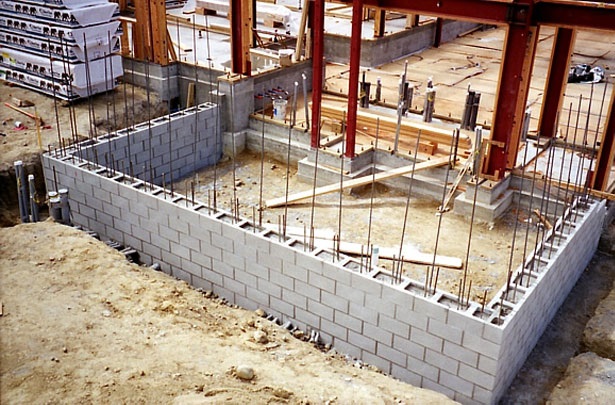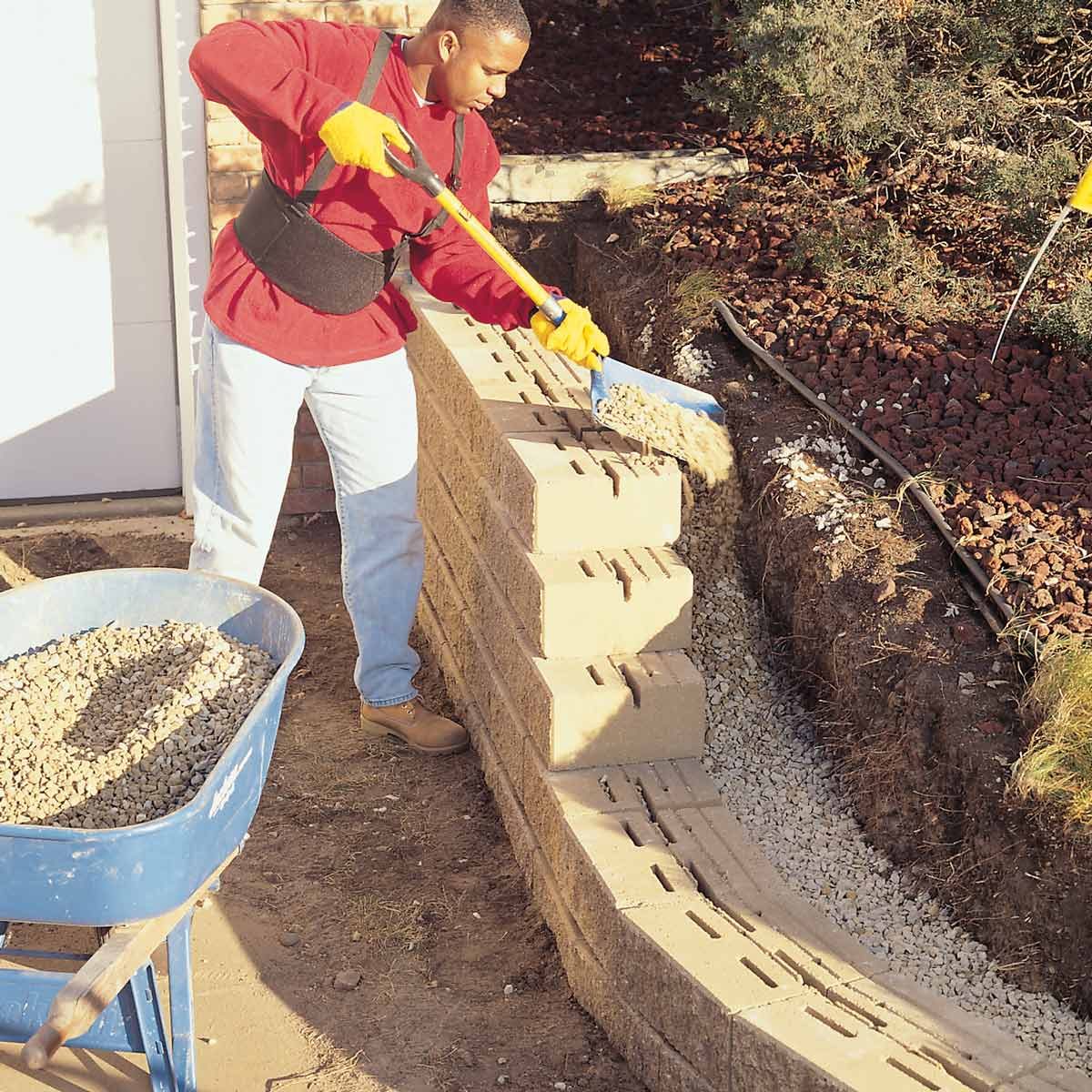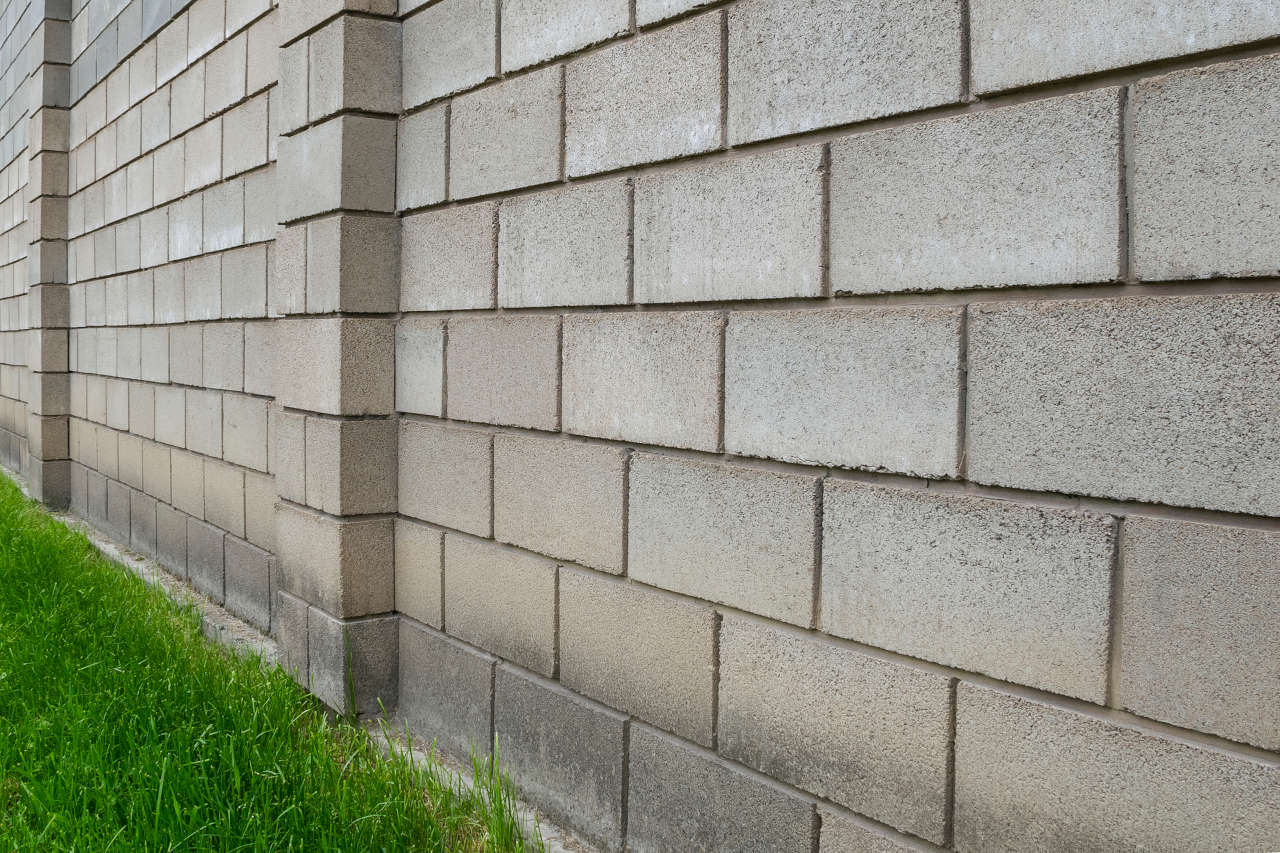Table of Content
Building a cinder block shed costs $3,000 to $4,400 on average, or $30 to $44 per square foot. A shed’s block walls alone cost $8 to $16 per square foot. Prices vary according to foundation and roof types, shed size, and finishes.

Primarily, the quality of the block will influence how long the home will last. Concrete blocks are traditionally made of pure concrete; an aggregate of crushed stone and sand. These days, concrete blocks have steel, wood or cement mixed in to increase structural integrity. Cinder blocks have the potential as inexpensive materials for the construction of your new home.
How Many Cinder Blocks Does It Take To Build A House?
Not only are cinderblock houses very simple and basic, but they are structurally sound and solid as well. Cinder block walls are more durable than fences made of wood. When properly maintained, cinder block walls can last up to 80 years and provide a nice sound barrier, to boot. Also, you can use a rigid foam to insulate the interior walls.

If only it was so easy, mostly due to code and regulation. Good luck building a stone foundation and using homemade bricks. Also, you need the materials on site and even then, there's no guarantee the available resources will be up to par. The mostly empty core works well to transfer heat between either side of the walls. Consequently, many homeowners will have to add insulation to the walls’ exterior and/or interior to reduce thermal transfer through the walls. This is because the blocks lack tensile strength and are not easily replaceable.
What is the disadvantage of concrete house?
A typical block is also about 6 times the size of a brick, measuring to 60cm x 25cm x 15cm. If you are looking into building a house or buying a ready-made structure, chances are you need to decide on what material to use for it. Remember to add five percent to account for waste or any material that will be damaged.

Once youve installed the wall insulation, its time to hang the interior drywall or paneling. Properly sealing and finishing the interior layer adds performance to your walls energy rating. However, actual block measurements are smaller to allow for a mortar layer 3/8” thick between the block joints. Other common cinder block sizes range from 4” to 12” in depth and are typically 8” tall.
Cons of Concrete Block Construction
In this article, we give a simplified description of how to build a concrete house step by step to give you a better idea of what is involved in a project to build a block house. It is not a done deal; builders, contractors, and masons use it all the time. The block calculator can assist you in determining how many blocks you require. With this tool, you can determine what kind of structure you want and calculate the cost of laying it out. If I'm not lazy, I'll take a pic of some that just popped up in my house this week.
A brick home will always be cooler in the summer and warmer in the winter than homes made of other, lighter weight materials. Concrete houses tend to be expensive to build, take more time to build than traditional wood-frame houses, are less aesthetically pleasing when they are completed and are difficult to remodel. Concrete block can withstand high temperatures and water pressure from fire hoses better than other materials deemed fire resistant such as fiber-reinforced gypsum panels. Run the courses between the corner walls when they’re roughly five blocks high.
Homeowner associations utilize, in part, the life expectancies of components to construct a reserve fund meant to spread the expense of the inevitable across time. Lara wants to create statewide standards that would require insurers to disclose the data behind their fire scores. Contrary to their reputation as "cheap", they can cost more than stuck building, especially if you need to fill them to meet engineering requirements.

Energy-efficient, fire-resistant, noise-reducing, pest-resistant, low-maintenance, and healthful are characteristics of homes made of concrete blocks. In addition to concrete blocks, they are made of steel, wood, and cement. Because concrete and coal cinders are used to make cinder blocks, they are lighter than concrete blocks. The pouredconcrete footingshould be twice the width of the intended concrete wall.
Almost all home builders can estimate the cost of traditional construction, be it wood or concrete block. From the foundation to the rooftop, here’s a quick look at how long, on a national average, some of the most common home components are expected to last. Poured concrete block footings and slab foundations should last a lifetime, 80 to 100 years or more provided they were quality built. The standard size pallet used at Wal-Mart is 40′′ x 48′′ in diameter.

This substance has the potential to lessen the impact of the daily noise disturbances that you are subjected to as a result of the proximity of a commercial airport or aircraft flying overhead. Because of the building material, problems caused by pests such as termites and rats entering the home via the walls are less likely to occur.2. Houses made of concrete block can withstand high wind speeds. In regions characterized by frequent gusts of wind, it is beneficial to construct one’s home out of concrete blocks. Concrete is a good material choice for constructing in Florida because of the many advantages that come with using concrete block for house construction. Concrete block homes are healthful, low-maintenance, fire-resistant, noise-reducing, pest-resistant, and energy-efficient.
Concrete block is simply more expensive than wood framed houses to build. $200 is the average price of a square foot of a cinder house. It takes approximately 100 extra blocks to construct each wall of a room, whether it is given away or taken away. The only reason for this is that the walls must only be placed on the opposite side of the room. Sooo, if there are no tsunamis and other hurricanes, or fire requirements why bother with cinder block.

This type of construction is very strong and durable, making it ideal for areas that are prone to earthquakes or other natural disasters. Block houses can also be built using prefabricated blocks, which can be easier and faster to construct than traditional methods. The price difference between a cinder block and a wood frame home is not significant. Concrete masonry saves money in the long run because it lasts longer and requires less maintenance than other types of masonry.
Standard cinder block size dimensions
Alternatively, you can treat the exterior walls to insulate your home. Insulated vinyl siding and the Exterior Insulation and Finish System are popular options. The insulating rigid foam blocks are fitted between the furring strips and, thereafter, the drywall is installed over the insulated furring strips. Additionally, you need to factor in the cost of mortar, rebar, and concrete fill involved in the construction process.
No comments:
Post a Comment